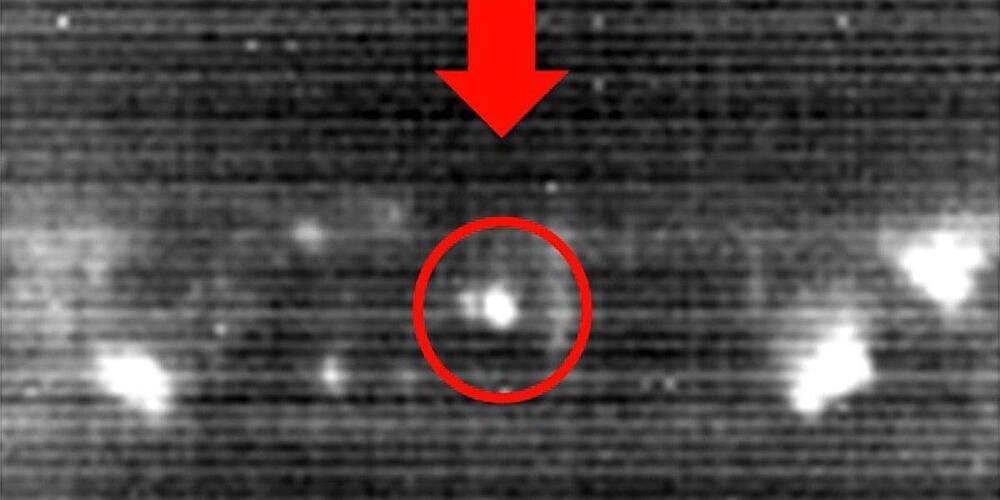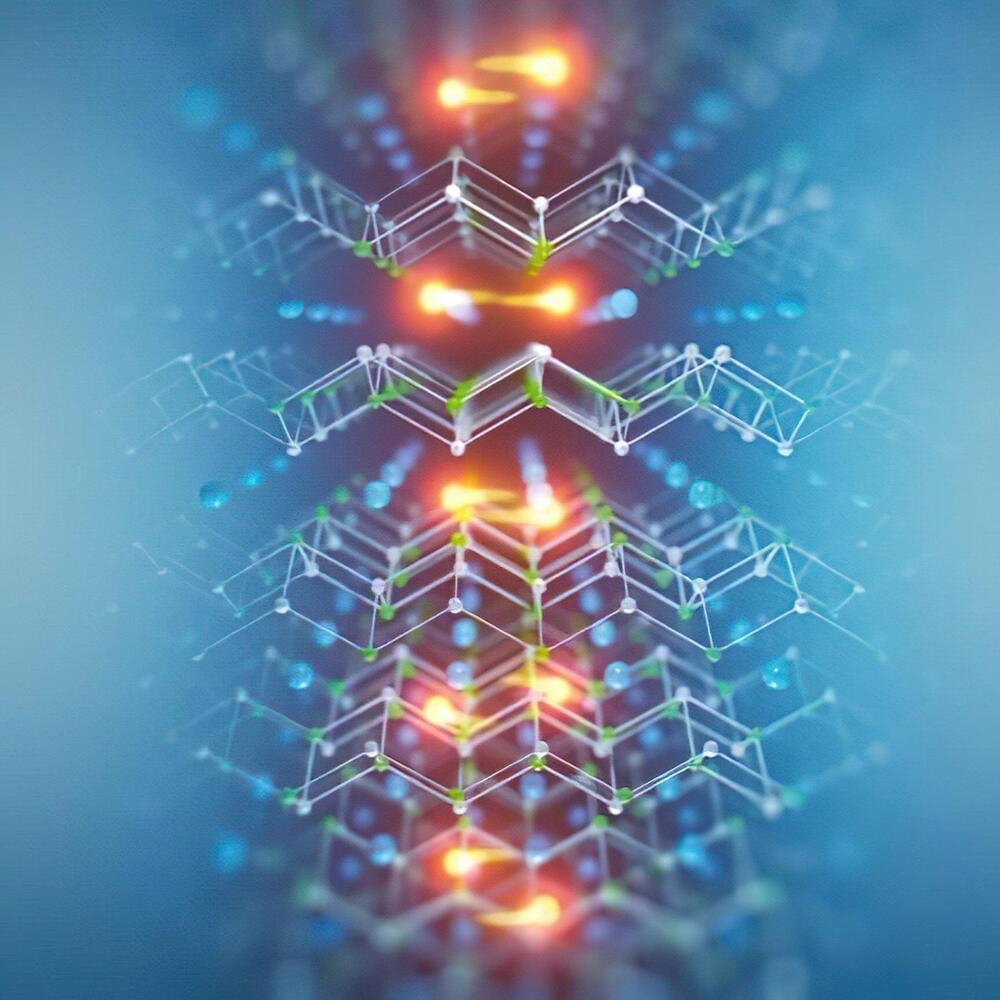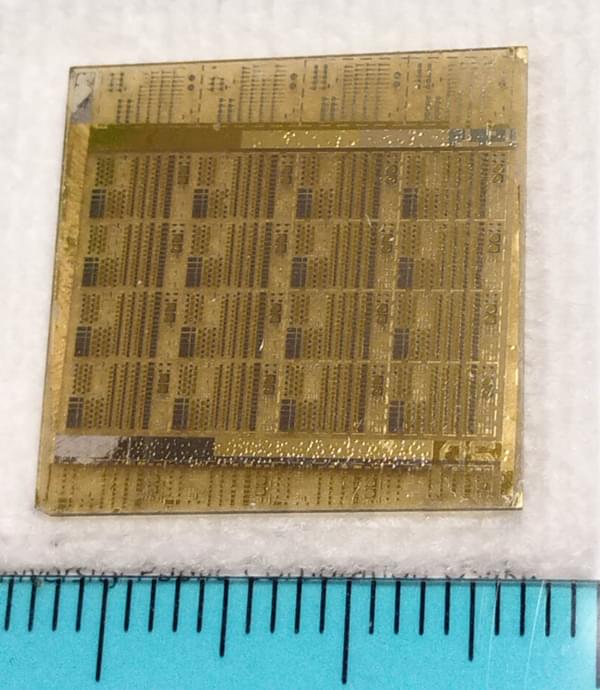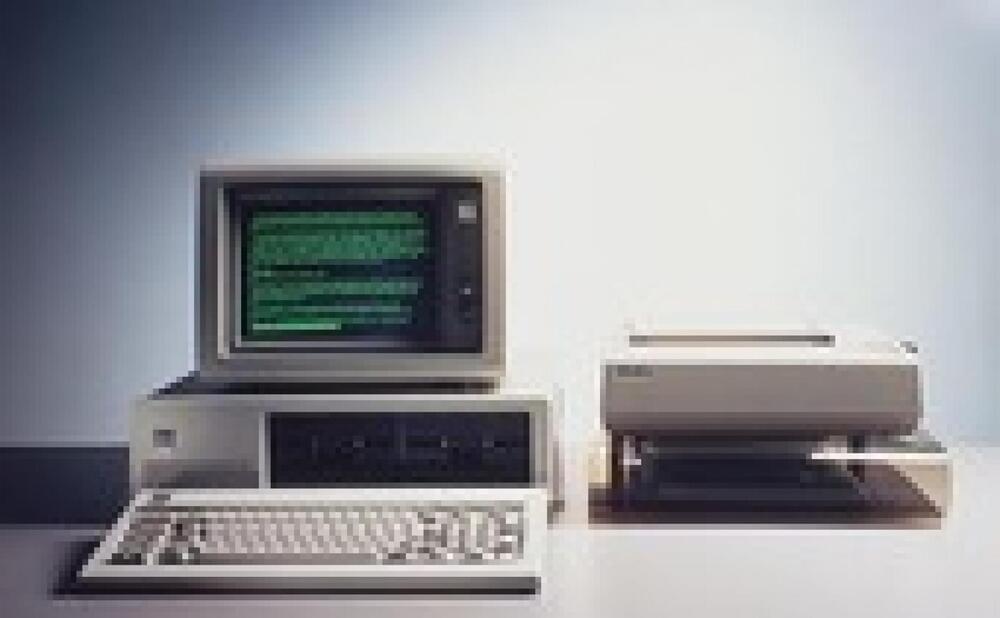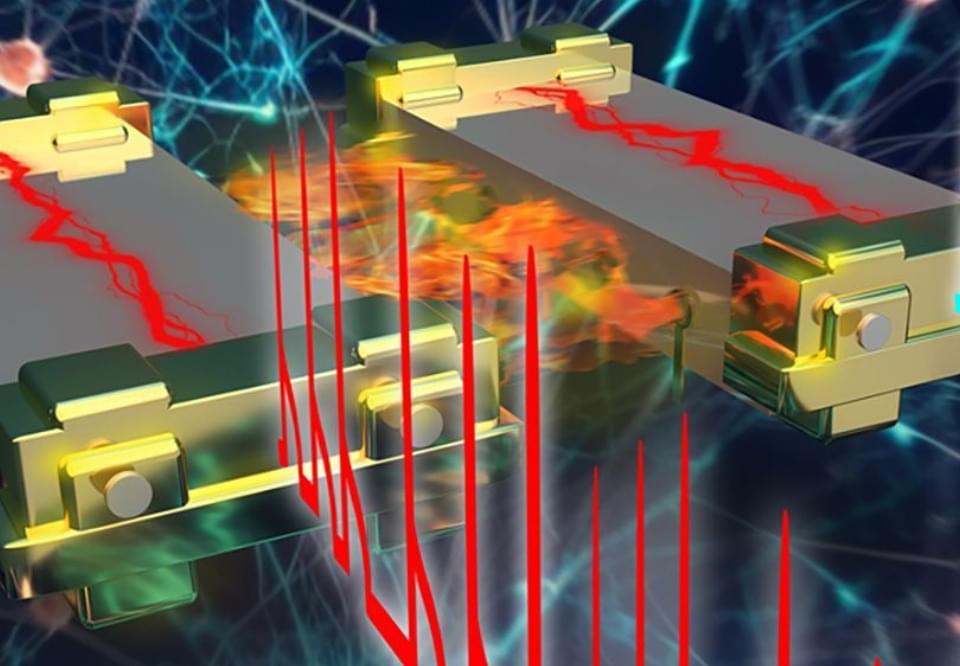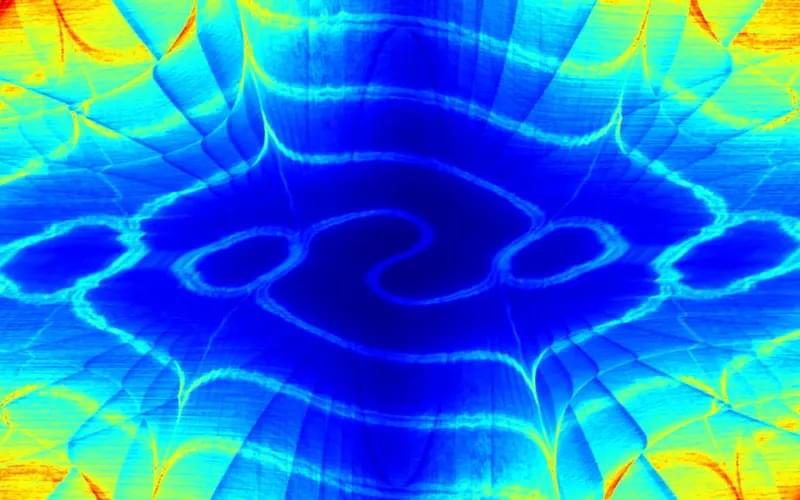Jan 10, 2024
MIT/Harvard spinout plans 10,000-qubit, error-corrected quantum computer by 2026
Posted by Dan Breeden in categories: computing, quantum physics
QuEra, a quantum computing startup founded by researchers from Harvard and the Massachusetts Institute of Technology, recently released what may be the most ambitious quantum technology roadmap we’ve seen yet.
The company plans on releasing a quantum computer with 100 logical qubits and 10,000 physical qubits by 2026. It also claims this planned system will demonstrate “practical quantum advantage,” meaning they’d be capable of useful computation feats that classical, binary computers aren’t.

